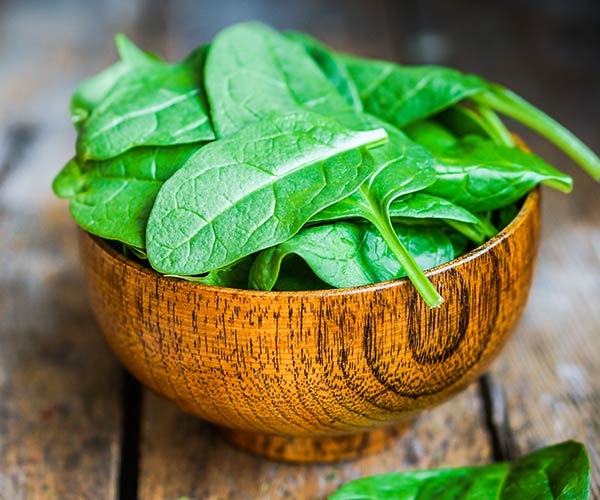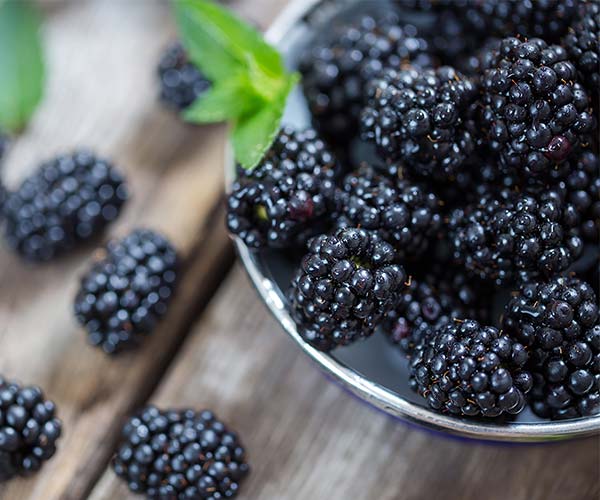This is an archived article and the information in the story may be outdated. Please check the time stamp on the story to see when it was updated last.
Even if you don’t count calories, you’re def aware that eating lots and lots of them can lead to weight gain. One way to make calories work for you is by stocking your house with zero calorie foods “Many fruits and vegetables are great low calorie options – not exactly zero – but less than 100 calories,” says Jenny Dang, RD, the founder of Eat Your Dang Veggies. Replace high calorie snacks and ingredients with these healthy choices.
[Photos: Shutterstock]

Spinach
Mom always told you to eat your leafy green veggies and it’s time to start listening. The phytochemical composition of green likes spinach may have potent effects against fat cells. Spinach is 7 calories per cup, which makes a nice base for a salad that offers vitamin K, calcium, potassium, zinc and selenium. Nutrients can help ward off hunger and stop snacking between meals.

Celery
We love things that crunch. Chips are totally processed and unhealthy but there’s a nutrient-filled veggie that offers a comparable bite: celery! There are only 6 calories in each stalk along with vitamin K, vitamin A, folate and potassium. Plus you can consume a fairly high volume of celery without the risk of weight gain. Dip them in salsa or make some old-fashioned ants on a log using organic almond butter and golden raisins.

Tomatoes
When tomatoes are in season they smell and taste heavenly. We’ve been known to snack on an entire ripe one (it’s 25 calories!), sliced and drizzled with EVVO, a dash of sea salt and a drop of balsamic vinegar. Add tomatoes to everything from eggs to protein bowls to pasta. Use them to scoop up guac or roast and serve as a side.

Berries
Berries make a great afternoon snack or sweet add-on to oatmeal, yogurt, smoothies and cereal. There’s no replacement for chocolate but berries are bursting with natural sweetness and you can eat way more of them without worrying about the scale. For example, one cup of slices strawberries is only 50 calories. All berries – blueberries, raspberries and blackberries – are high in polyphenols, micronutrients that combat cellular stress by slowing down and blocking the inflammatory response in the body.

Watermelon
There is no food more upfront about itself than watermelon: it’s about 92% water. Eating it keeps you hydrated and studies show that eating foods high in water can help people feel more satisfied on fewer calories. Just one cup of the refreshing fruit is 51 calories.

Cucumbers
The veggie version of watermelon is cucumber. It’s high in water, which helps your stomach feel full, and signals your brain not to binge on cookies. Think of munching on some cukes as another way of drinking a glass of H2O. There’s 20 calories in half a cucumber. We like dipping them in low-fat Greek yogurt that’s been spiced up with dried oregano.

Citrus Fruits
This is not permission to drink juice. Whole fruit has lots of benefits that are lost when it’s in liquid form. Citrus varieties like grapefruits and oranges are high in vitamin C with only about 70 calories in an entire fruit. Studies have found that people with ample vitamin C levels have smaller waist-to-hip ratios and burn more fat during cardio exercises.


























